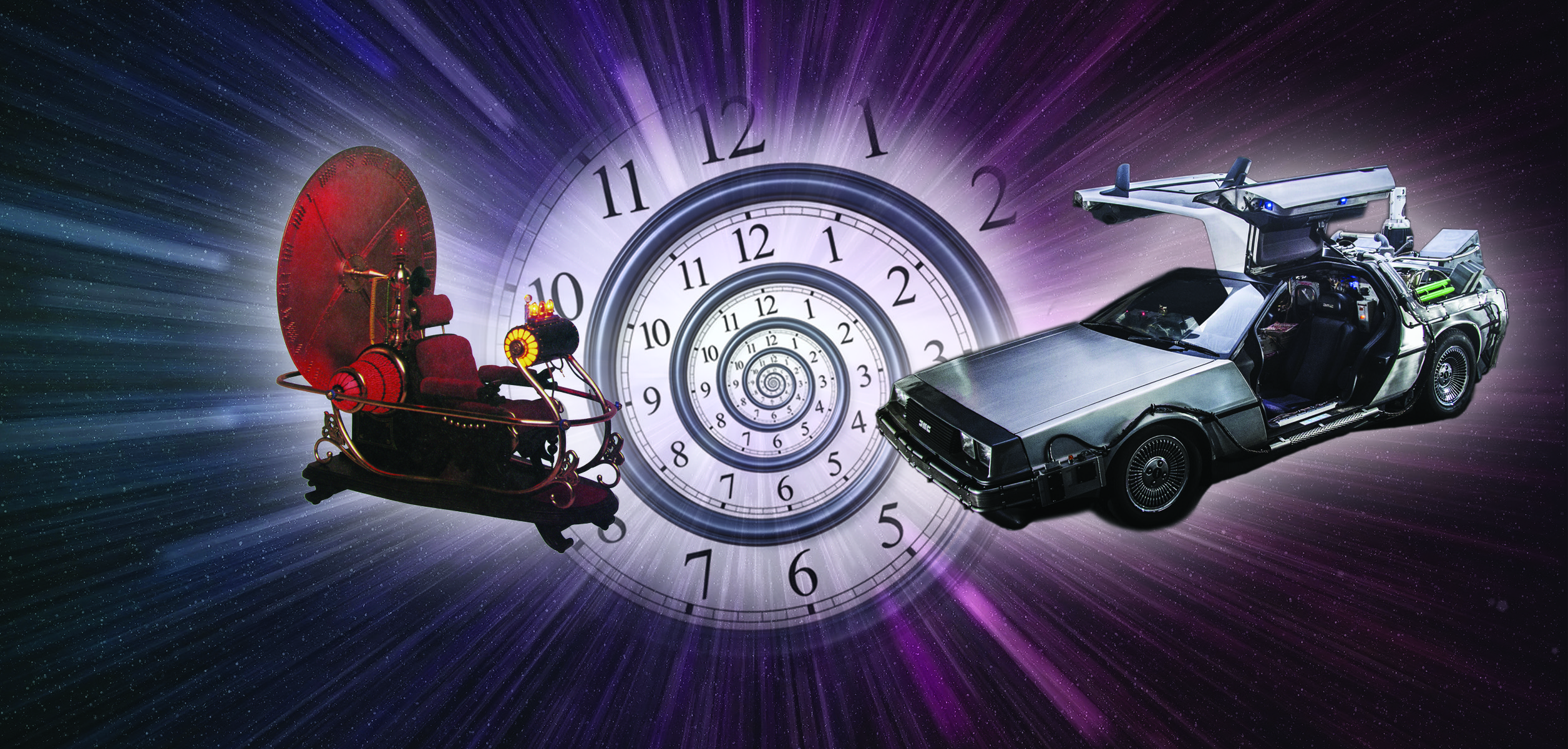

‘First, Do No Harm’

Best Practices
Jeff Clawson, M.D.

Although the issue of limiting use of running lights-and-siren (L&S or HOT) is central to the philosophy of the Priority Dispatch Protocol Systems, it is an issue that still raises contentious debate whenever the subject is broached in EMS circles.
The Academy has always had as its objective to “send the right thing to the right person in the right way at the right time”—and the research to prove the inefficiency and potential danger of running L&S to all unscheduled calls—so, it surprises us as to why the practice continues as much as it does. Support generally comes in the guise of “because that’s the way it’s always been done” or the unfounded fear of liability for not running HOT and, consequently, endangering a patient’s survival. There are agencies which have failed to implement risk reduction policies in terms of standardizing response as to when L&S should apply, and simply leave it up to the individual emergency apparatus driver to determine the best method of getting to the caller’s location. Lawyers have a term for this. It’s called “arbitrary decision-making.”
The excuses camouflage the risk to patients, responders, and the public.
Research shows that unsafe speed and failure to yield are strong factors in vehicle crashes. The “wake effect” is also a strong factor in accidents involving emergency vehicles using L&S. An emergency vehicle using lights-and-siren creates a type of wave-like avoidance reaction in civilian vehicles as they attempt to get out of the way. Pulling to the side creates more accidents.
The example cited in the accompanying article demonstrates the tragic result of running L&S for a non-emergency (a sprained ankle). The ambulance broadsided a pickup truck, severely injuring the teenage passenger. The impact has had a devastating effect on the woman’s life and the lives of those who have attended her over the past 30 years since the accident occurred.
While many agencies have developed policies to limit HOT responses, others have not or have simply ignored the potential risk and consequent impact on lives. A report released by the National Highway Traffic Safety Administration (NHTSA) (April 2014) provides a staggering overview of an issue that “loyal opposition” should finally concede.
Key findings include:
- There are an estimated 6,500 accidents involving ambulances each year.
- On average, 29 fatal ambulance accidents produce 33 fatalities each year.
- On average, 2,600 people are injured in 1,500 ambulance accidents each year.
- Of those killed in an ambulance accident, 63% were occupants of a passenger vehicle, 21% were passengers in the ambulance, 4% were the ambulance drivers, and 12% were non-occupants.







